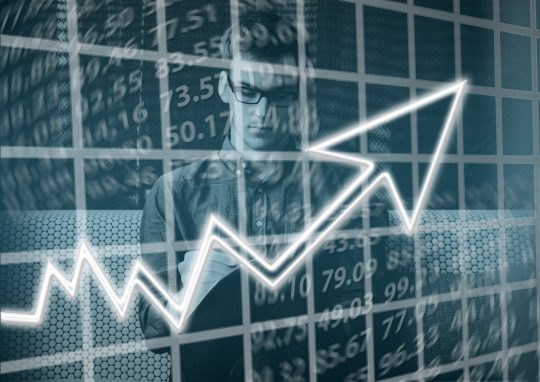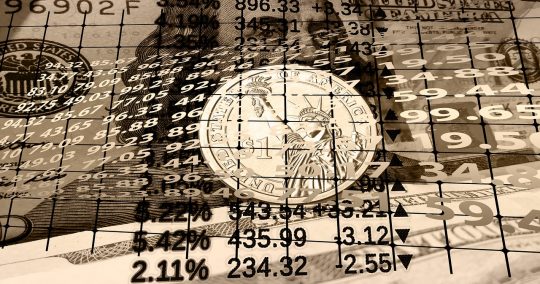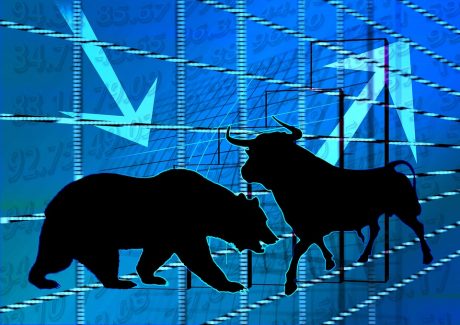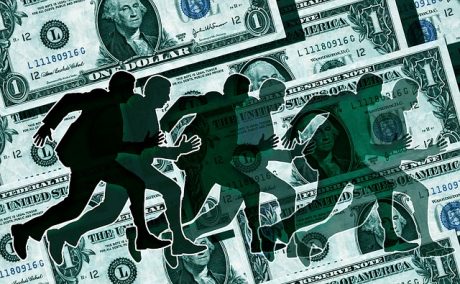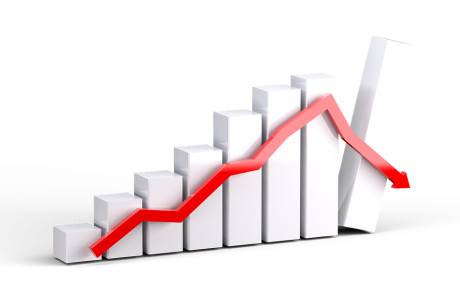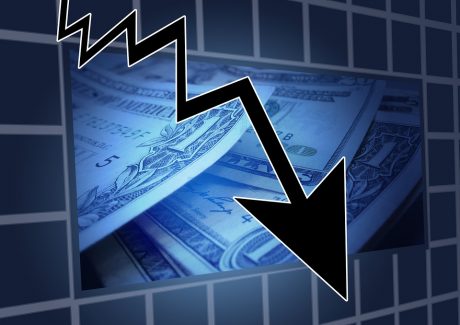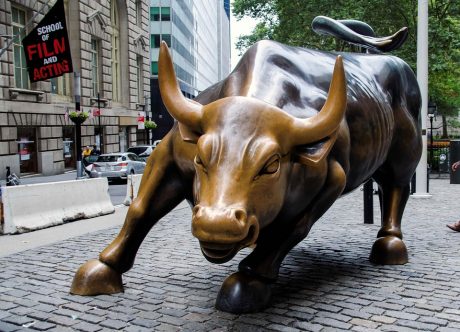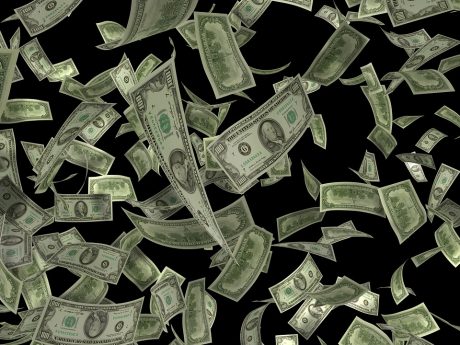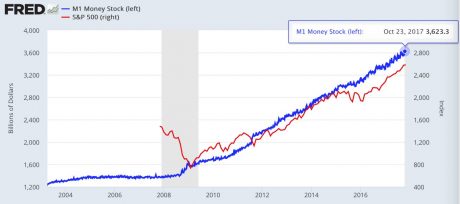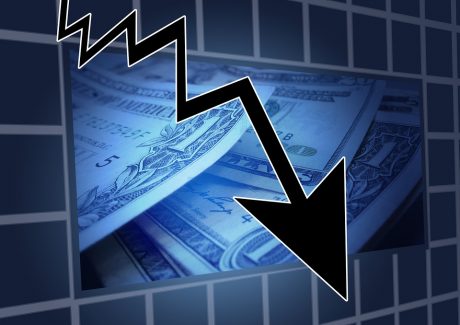 The housing market indicated that a crisis was coming in 2008. Is the same thing happening once again in 2018? For several years, the housing market has been one of the bright spots for the U.S. economy. Home prices, especially in the hottest markets on the east and west coasts, had been soaring. But now that has completely changed, and home sellers are cutting prices at a pace that we have not seen since the last recession. In case you are wondering, this is definitely a major red flag for the economy. According to CNBC, home sellers are “slashing prices at the highest rate in at least eight years”…
The housing market indicated that a crisis was coming in 2008. Is the same thing happening once again in 2018? For several years, the housing market has been one of the bright spots for the U.S. economy. Home prices, especially in the hottest markets on the east and west coasts, had been soaring. But now that has completely changed, and home sellers are cutting prices at a pace that we have not seen since the last recession. In case you are wondering, this is definitely a major red flag for the economy. According to CNBC, home sellers are “slashing prices at the highest rate in at least eight years”…
After three years of soaring home prices, the heat is coming off the U.S. housing market. Home sellers are slashing prices at the highest rate in at least eight years, especially in the West, where the price gains were hottest.
It is quite interesting that prices are being cut fastest in the markets that were once the hottest, because that is exactly what happened during the subprime mortgage meltdown in 2008 too.
In a previous article, I documented the fact that experts were warning that “the U.S. housing market looks headed for its worst slowdown in years”, but even I was stunned by how bad these new numbers are.
According to Redfin, more than one out of every four homes for sale in America had a price drop within the most recent four week period…
In the four weeks ended Sept. 16, more than one-quarter of the homes listed for sale had a price drop, according to Redfin, a real estate brokerage. That is the highest level since the company began tracking the metric in 2010. Redfin defines a price drop as a reduction in the list price of more than 1 percent and less than 50 percent.
…click on the above link to read the rest of the article…


